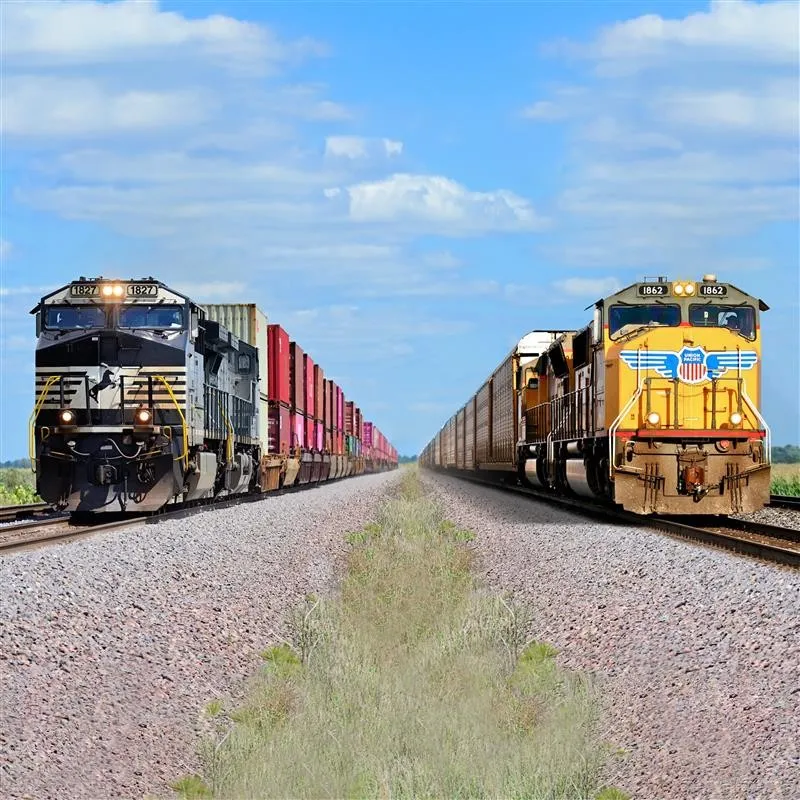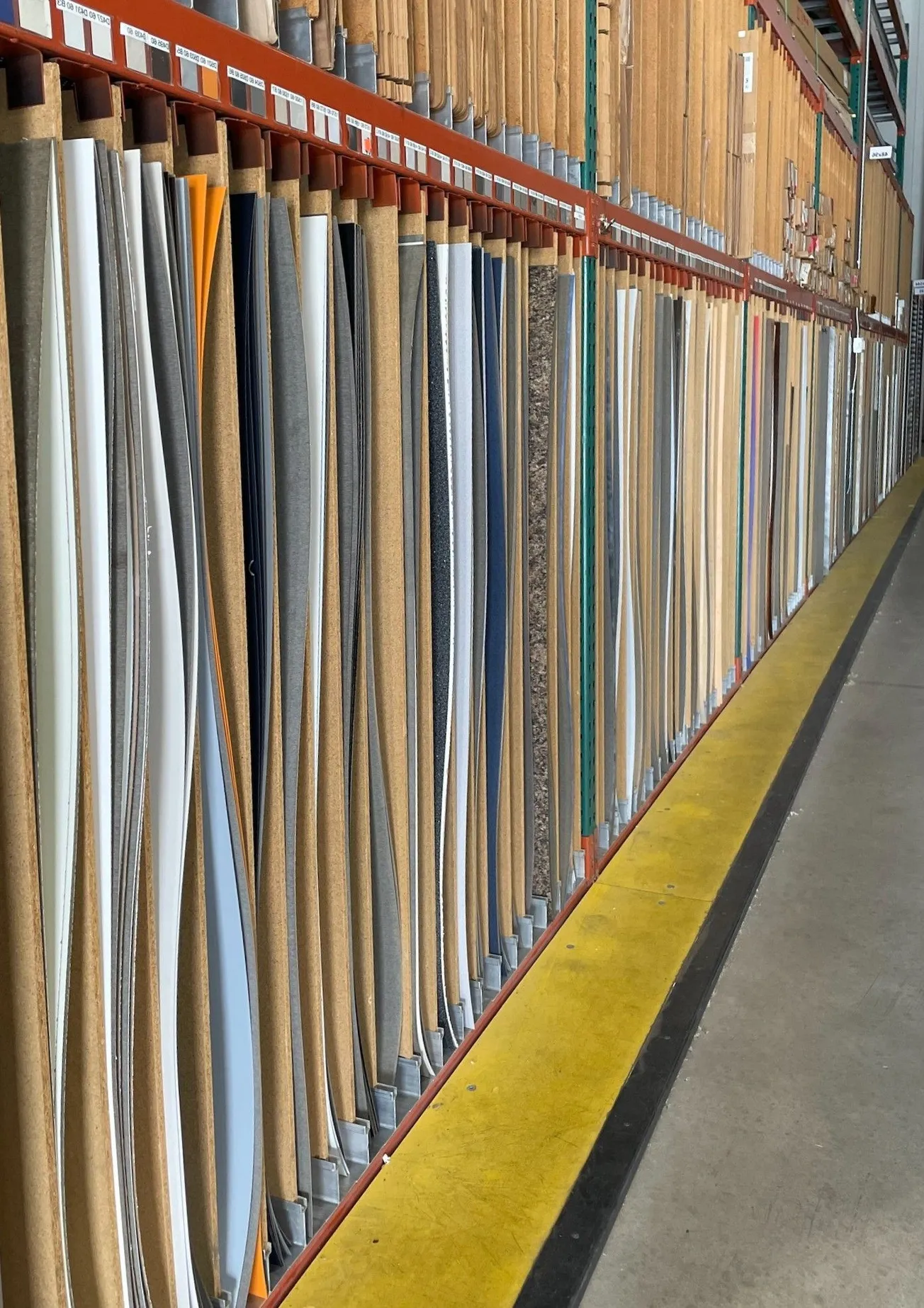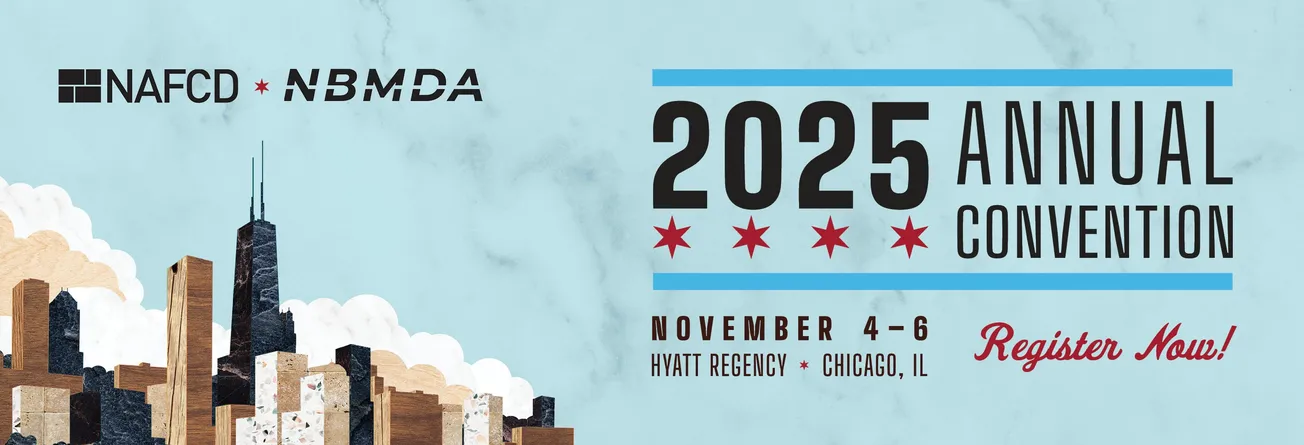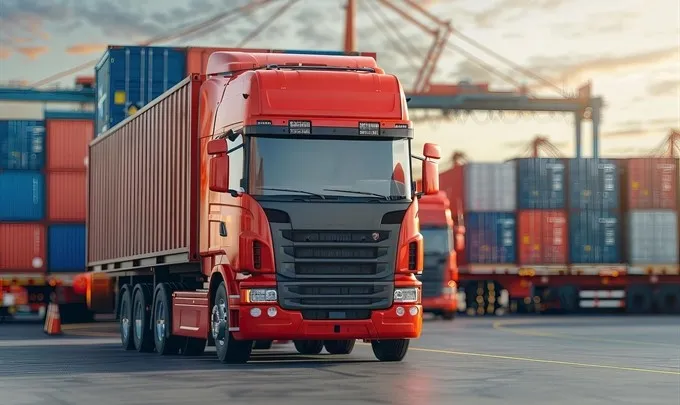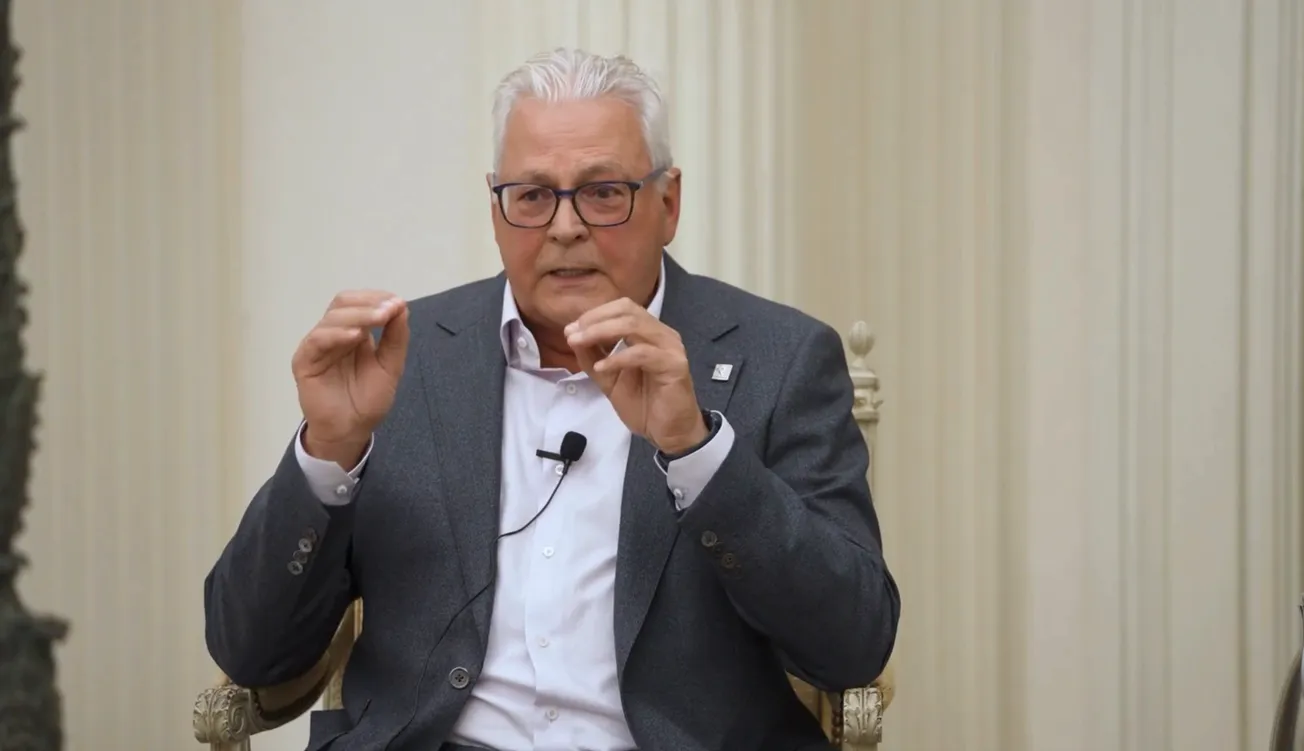Table of Contents
Union Pacific and Norfolk Southern announced an agreement to create America’s first transcontinental railroad.
The proposed $85 billion deal would seamlessly connect more than 50,000 route miles across 43 states from the East Coast to the West Coast, linking approximately 100 ports and nearly every corner of North America.
Officials say the combination will transform the U.S. supply chain, unleash the industrial strength of American manufacturing and create new sources of economic growth and workforce opportunity that preserves union jobs.
“Railroads have been an integral part of building America since the Industrial Revolution, and this transaction is the next step in advancing the industry,” said Jim Vena, Union Pacific Chief Executive Officer. “Imagine seamlessly hauling steel from Pittsburgh, Pennsylvania to Colton, California and moving tomato paste from Huron, California to Fremont, Ohio. Lumber from the Pacific Northwest, plastics from the Gulf Coast, copper from Arizona and Utah, and soda ash from Wyoming. Right now, tens of thousands of railroaders are moving almost everything we use. You name it, and at some point, the railroad hauled it.”
The deal still requires approval from the Surface Transportation Board. While Union Pacific touts the potential benefits, such as fewer railcar interchanges, improved service, and better port access for exporters, critics warn it could reduce competition and hurt service.
Labor unions and shipper groups, including the American Chemistry Council, have voiced concerns with the merger, citing possible job losses and increased pricing power. Regulators have historically been wary of large rail mergers, especially after service issues followed the recent Canadian Pacific - Kansas City Southern merger.
Vena argues that the merger could help shift more freight from trucks to rail. “This combination is transformational, enhancing the best freight transportation system in the world – it's a win for the American economy, it's a win for our customers, and it’s a win for our people,” Vena said. “It builds on President Abraham Lincoln’s vision of a transcontinental railroad from nearly 165 years ago and advances our Safety, Service and Operational Excellence Strategy. I am confident this historic transaction will enhance competition to benefit customers, communities, and employees.”


